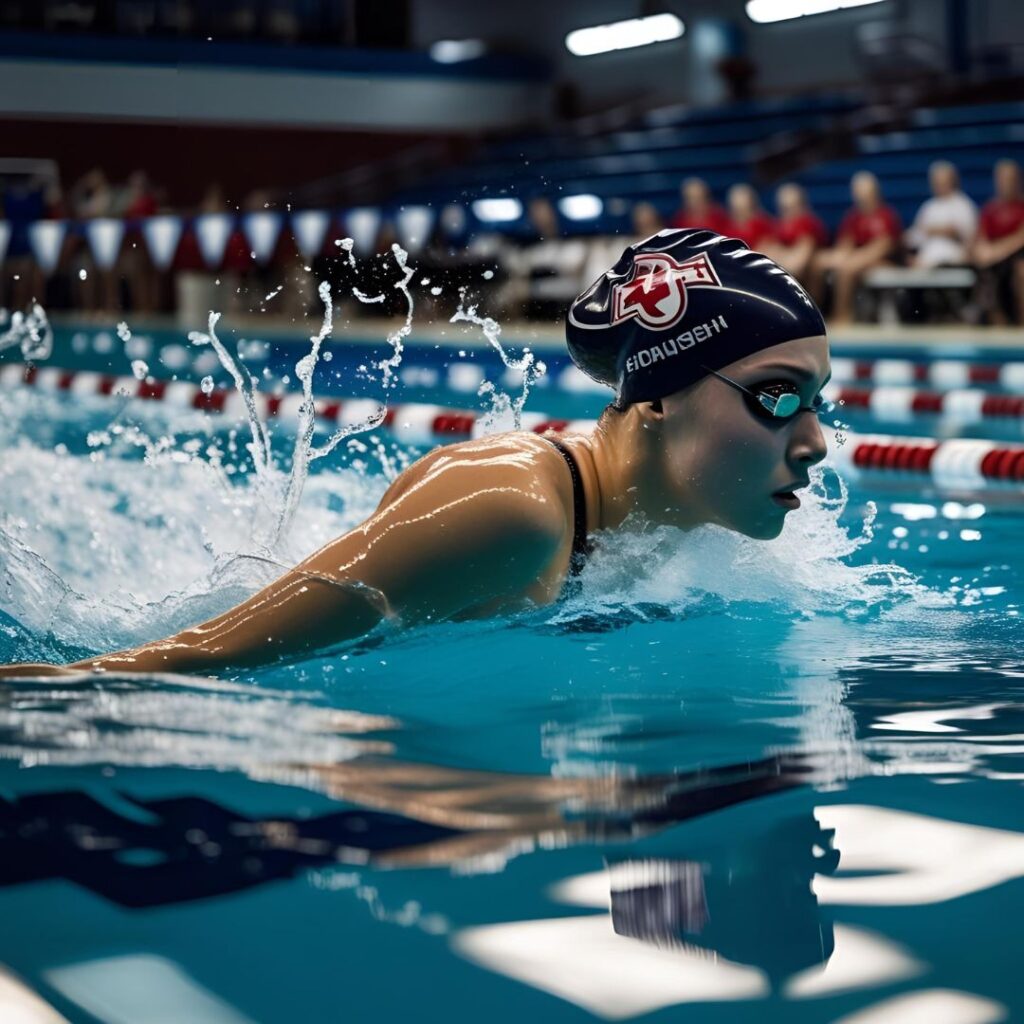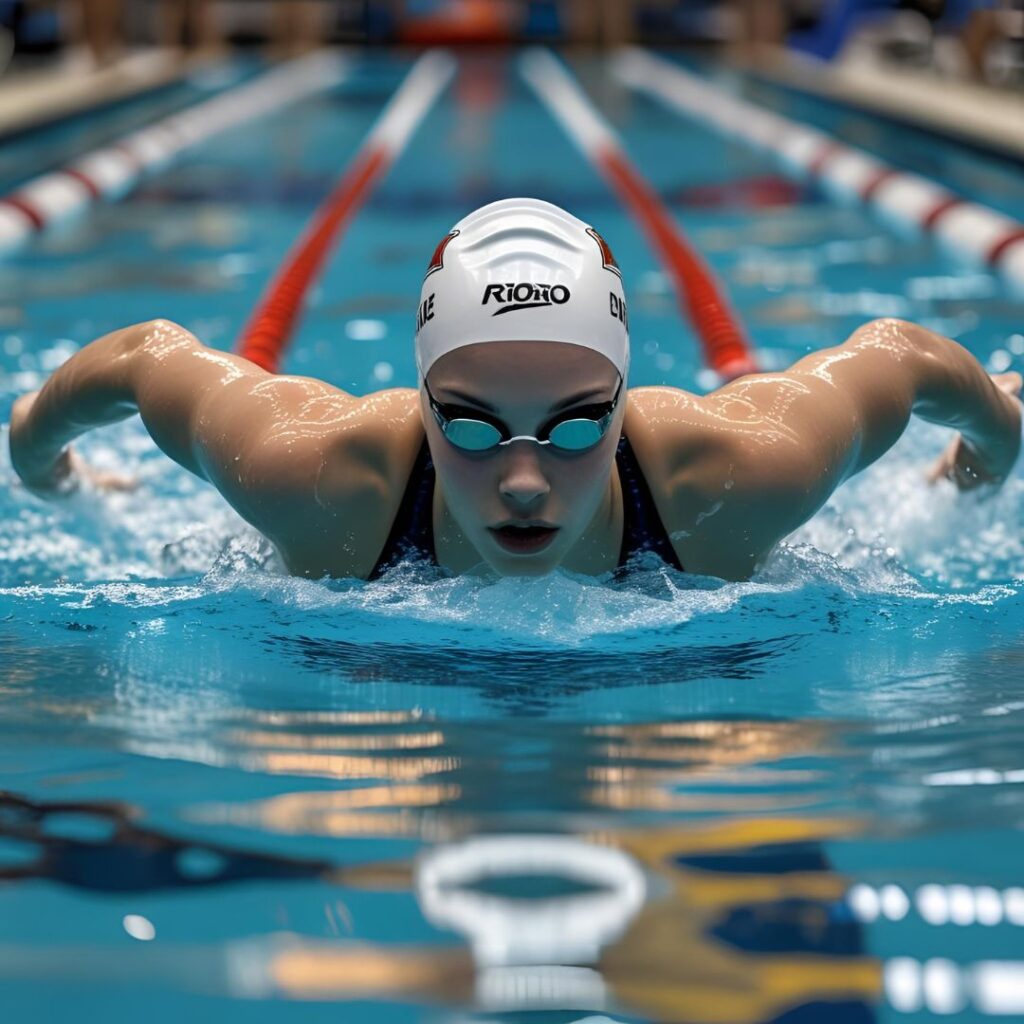Common Swimming Injuries – And How Osteopathy Can Help You Recover Smarter
Did you know that up to 91% of elite swimmers aged 13–25 experience shoulder pain?
Swimming is a fantastic full-body, low-impact workout. But just like any sport, it comes with risks—especially when training is intense, technique falters, or recovery is rushed.
At Lifespan Osteopathy, we see swimmers of all levels with injuries that could’ve been prevented—or at least caught earlier. Osteopathy offers a holistic approach to both prevent injuries and help you recover well and stay in the pool longer.
In this guide, we’ll walk you through:
- The most common swimming injuries (and what causes them)
- How osteopathy helps with both prevention and treatment
- Practical tips to stay injury-free and swim at your best

Why Do Swimmers Get Injured?
1. Repetitive Stress Without Recovery
Swimming involves thousands of repetitive movements.
Over time, this creates micro-tears in muscles and tendons, particularly in the shoulders, lower back, and knees.
2. Poor Stroke Technique
Incorrect arm position, breathing habits, or body alignment can overload certain joints.
For instance, crossing the arms during freestyle can increase pressure on the shoulder—leading to issues like swimmer’s shoulder.
3. Muscle Imbalances
Strong but overused muscles (e.g., lats, pecs) can overpower smaller stabilisers like the rotator cuff, which weakens joint stability over time.
4. Insufficient Warm-Up or Cool-Down
Skipping warm-ups or recovery sessions can make tissues more vulnerable to strain or inflammation.
The Most Common Swimming Injuries We See
Swimmer’s Shoulder (Rotator Cuff Tendinopathy)
The most common injury in swimmers.
It’s typically caused by overuse and poor stroke mechanics.
Symptoms:
- Shoulder pain during or after swimming
- Reduced range of motion
- Weakness or instability in the joint
Breaststroker’s Knee
Repetitive frog kicking puts pressure on the inner knee.
Symptoms:
- Pain on the inside of the knee
- Swelling or stiffness
- Discomfort during breaststroke
Lower Back Strain
Butterfly and breaststroke can trigger tightness or strain in the lower back due to lumbar extension.
Symptoms:
- Low back pain during breathing or arching
- Post-training stiffness
- Discomfort twisting or turning
Neck Pain from Freestyle Breathing
Poor head positioning or breathing to one side can strain neck muscles and joints.
Symptoms:
- Neck tightness or reduced mobility
- Headaches
- Discomfort rotating the head

How Osteopathy Helps Swimmers
Full-Body Assessment
We don’t just treat the pain—we look at the big picture.
An osteopathic consultation includes:
- Posture and movement screening
- Joint range of motion testing
- Muscle strength and balance checks
- Breathing and rib cage function
Hands-On Treatment
Your osteopath may use a combination of techniques, including:
- Soft tissue therapy to reduce muscle tension
- Joint articulation to improve mobility
- Muscle energy techniques for imbalances
- Rib and diaphragm work to enhance breathing mechanics
- Exercise rehab to build strength and control
Performance Support & Injury Prevention
By identifying early signs of dysfunction, we help you:
- Swim more efficiently
- Recover faster between sessions
- Reduce risk of recurring injury

At-Home Rehab Strategies for Swimmers
Here are some exercises we may recommend based on your injury:
- Shoulder rehab: Banded external rotations, single-arm rows
- Knee stability: Hip abduction/adduction drills, hamstring curls
- Lower back support: Core-focused moves like Pallof press, crab walks
And don’t underestimate the power of nutrition and hydration:
- Stay well hydrated to support tissue elasticity and healing
- Eat anti-inflammatory foods: Omega-3s (fish, flax), antioxidants (berries, leafy greens), and lean protein
- Avoid processed sugars and excess alcohol where possible
When Should You See an Osteopath?
If you’re:
- Noticing recurring pain during or after swims
- Losing range of motion or strength
- Struggling to progress with rehab or training
…then it might be time to get expert help.
What to Expect at Your Appointment
- Comprehensive history – lifestyle, training load, nutrition, symptoms
- Physical exam – movement screening, orthopaedic tests, hands-on assessment
- Diagnosis – we’ll explain what’s going on and how long recovery may take
- Treatment – tailored manual therapy plus guidance on exercises
- Personalised rehab plan – to support long-term performance
Conclusion: Swim Stronger with Osteopathy
Swimming is a beautiful, technical sport—but it’s not immune to injury. Whether you’re dealing with shoulder pain, a cranky knee, or lower back tightness, osteopathy offers a comprehensive approach to keep you training smarter, not harder.
Struggling with a swimming-related injury?
Book a consultation with one of our osteopaths and get back to the pool with confidence.
📍 Lifespan Osteopathy – Your Local Osteopaths in Essendon
Appointments available Monday to Saturday, including early mornings and evenings.
Give us a call on (03) 9372 7714 during business hours, or book online anytime and start your treatment program now.

